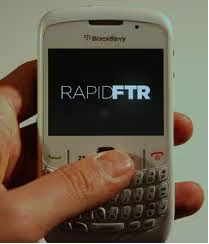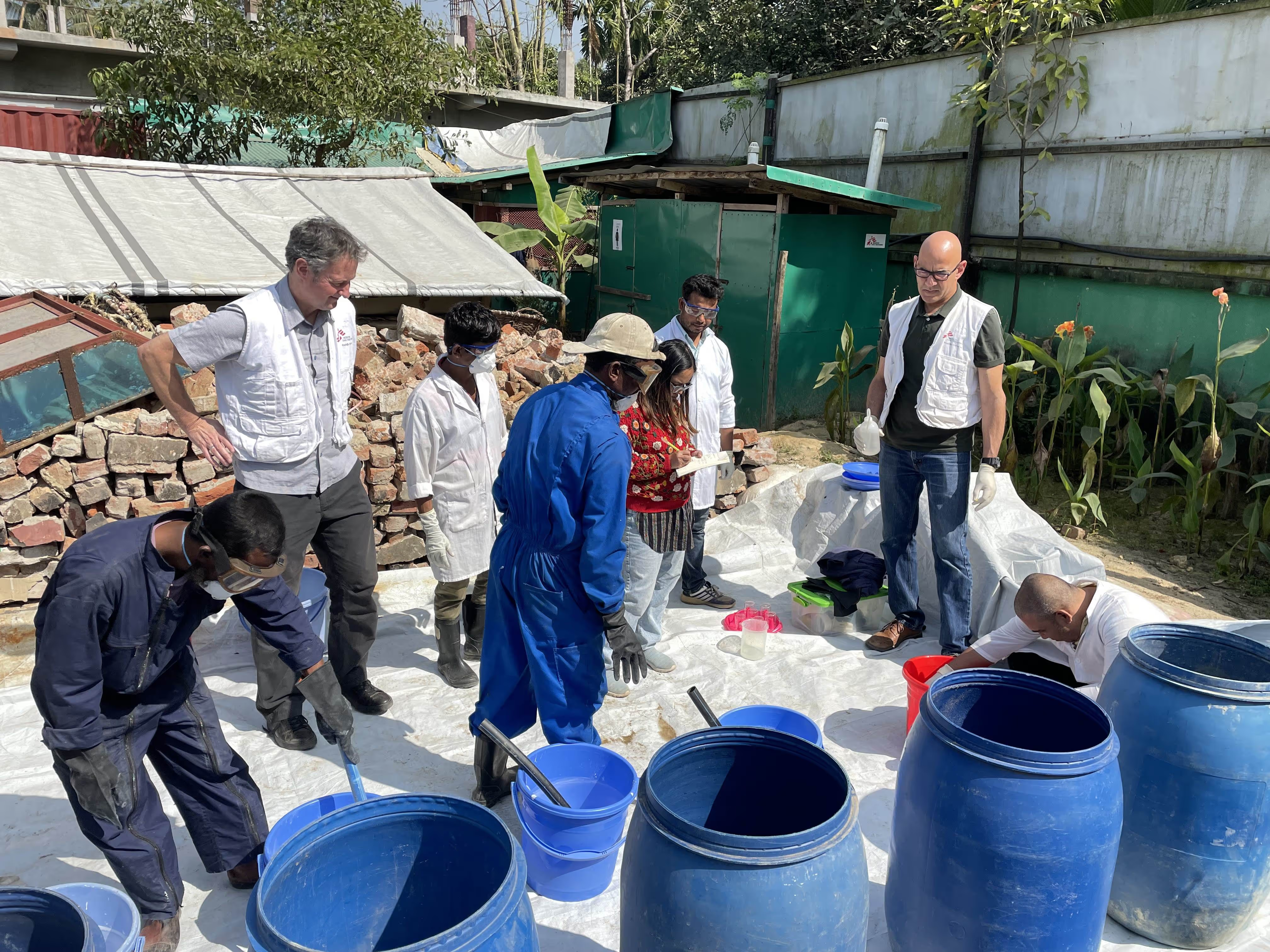RapidFTR (Rapid Family Tracing)
10
February
2012
Type
Grantee insights
Area of funding
Humanitarian Innovation
Focus areas
Scale
No items found.
Year

Below gives a breakdown of progress over the past few months and current focus areas for UNICEF’s RapidFTR project:
- Weekly code jams have taken place with software developers in New York, Chicago, and Washington DC. Code jams are when a group of developers get together to contribute to a software application in their free time. More information about the New York code jam is available in this recent blog post from developer Martin Fowler.
- The main risk associated with any technology involving child information is data security. In order to minimize this risk, RapidFTR uses secure connection protocols, data encryption, and limits access to trained, registered users. The RapidFTR team is currently focusing on security across the system, as well as focusing on child registration and documentation activities. This includes looking at security features such as password resetting, allowing administrators to clean up data, research into Child Protection Management Information System (CPMIS) export, allowing for multiple photos and user permissions.

- The RapidFTR Team is working closely with UNICEF’s Country Office in Uganda to support emergency simulations using RapidFTR. Emergency simulations seek to put the project through its paces—the system is deployed and volunteers are trained as if it were a real emergency, and local children volunteer to cause mischief while being registered, to add a bit of chaos and confusion. One simulation was conducted in 2011, and the team is hoping to do more in 2012. Get more information about RapidFTR and see how the simulation was conducted in this video.
- The RapidFTR Team has begun work with UNICEF’s Evaluation Office at UNICEF Headquarters to enable the development of a strong monitoring and evaluation framework during testing and deployment. UNICEF is also building the ability to gather monitoring and evaluation metrics directly into the technology, enabling UNICEF and partners to measure how quickly forms are filled out and with what accuracy, how frequently child records are synchronized to the central database, how often records are updated and edited, and how quickly the status of a child changes from unaccompanied or separated to being in interim care or reunited.
No items found.
Stay updated
Sign up for our newsletter to receive regular updates on resources, news, and insights like this. Don’t miss out on important information that can help you stay informed and engaged.
Related articles
all latest news

Elrha insights
Innovating for Impact: Tackling the sanitation crisis in humanitarian settings

Grantee insights
The partnership of the MSQ project

Grantee insights
Language‚ power and aid effectiveness - Journey to Scale
Explore Elrha
Learn more about our mission, the organisations we support, and the resources we provide to drive research and innovation in humanitarian response.